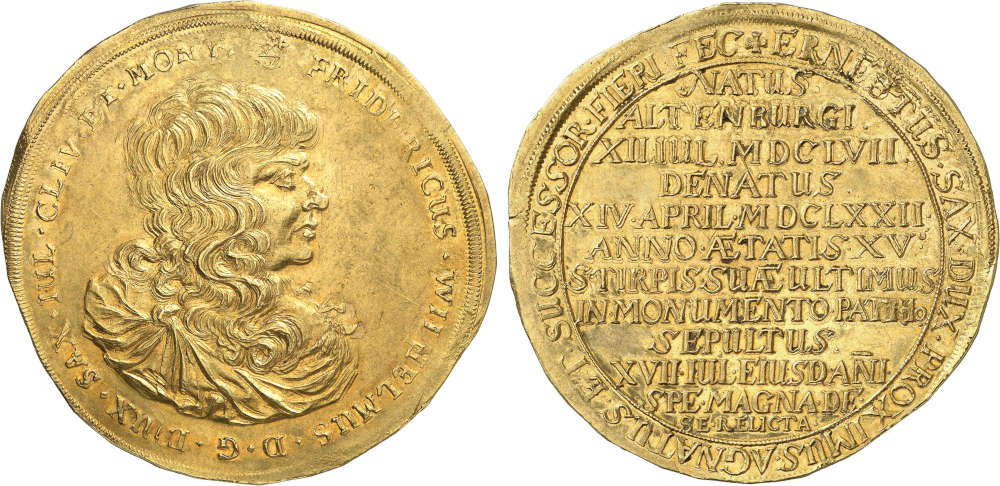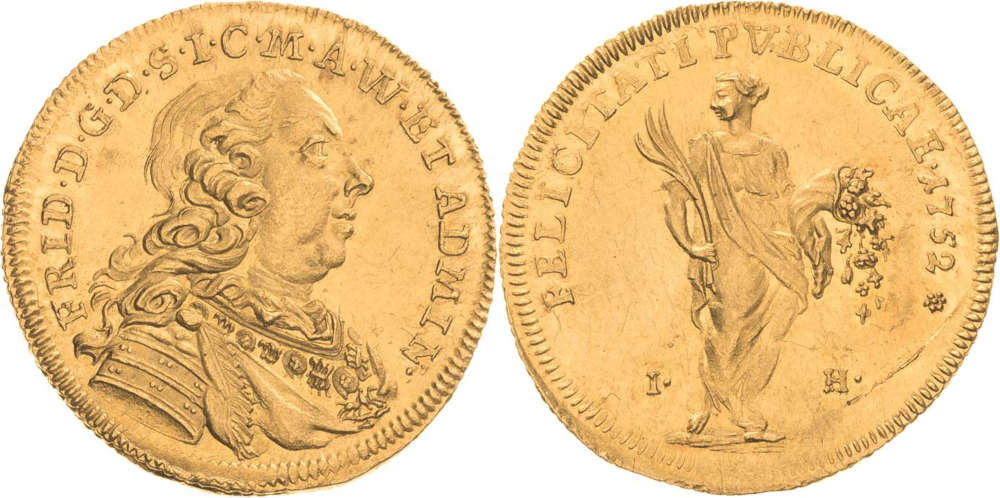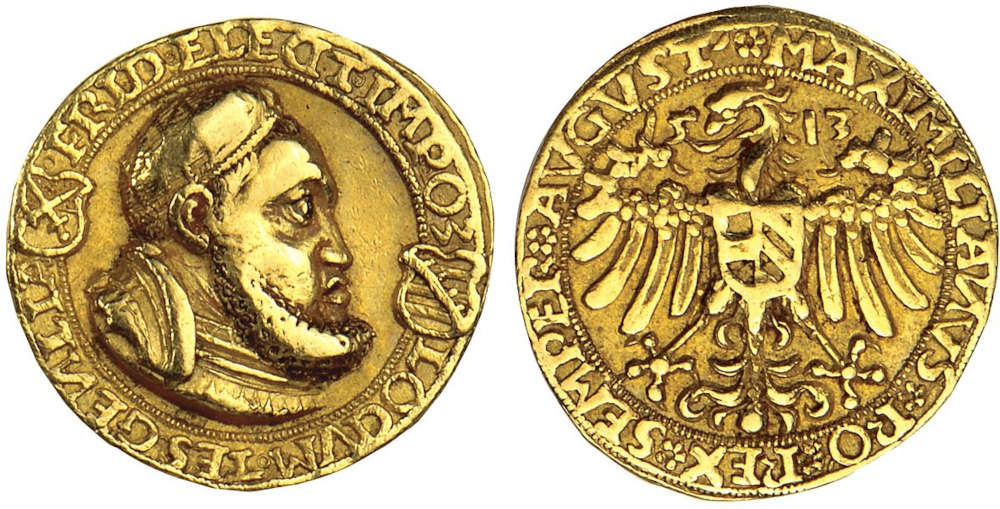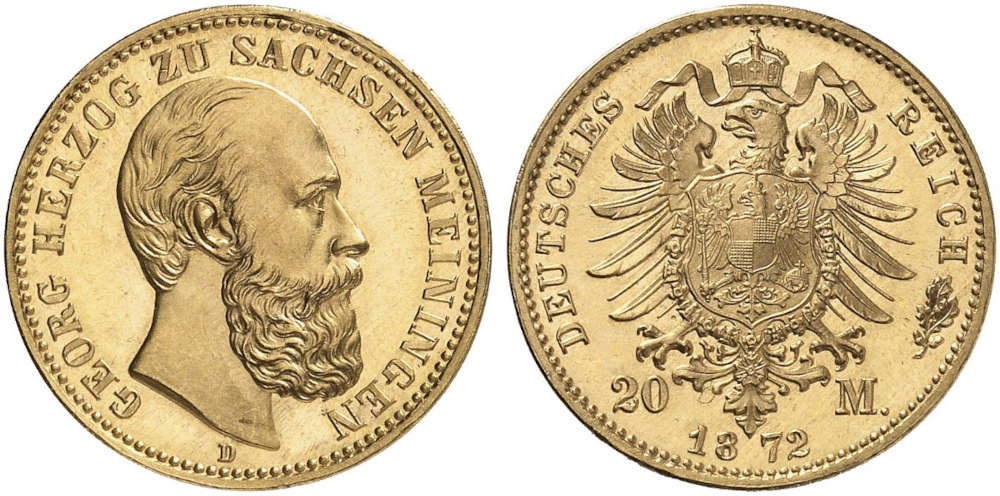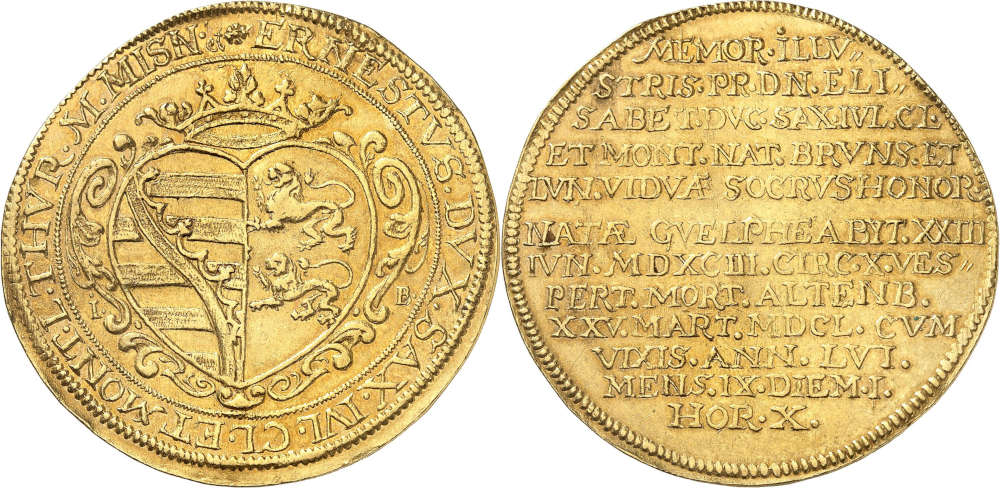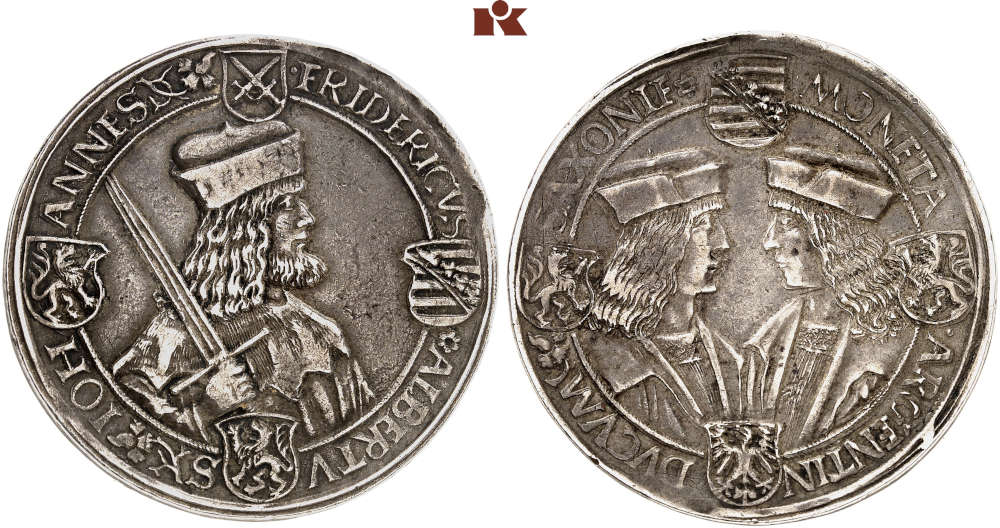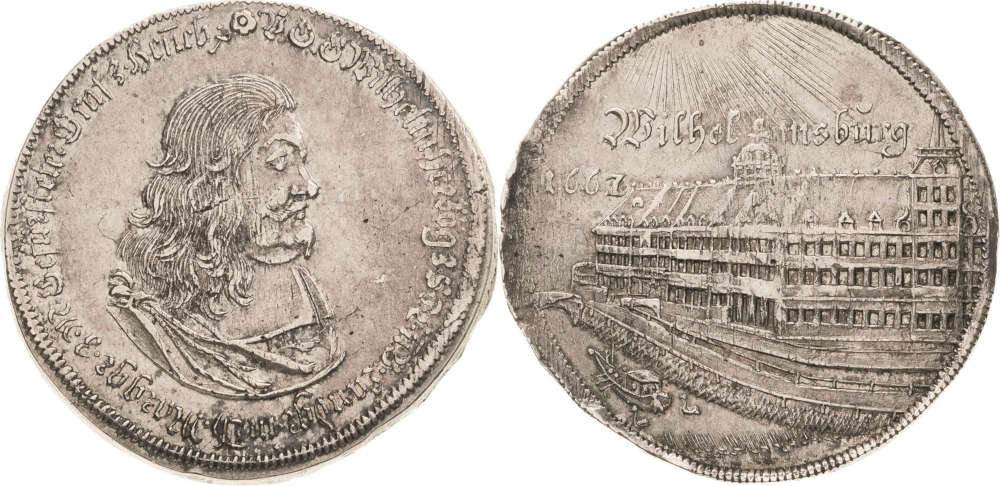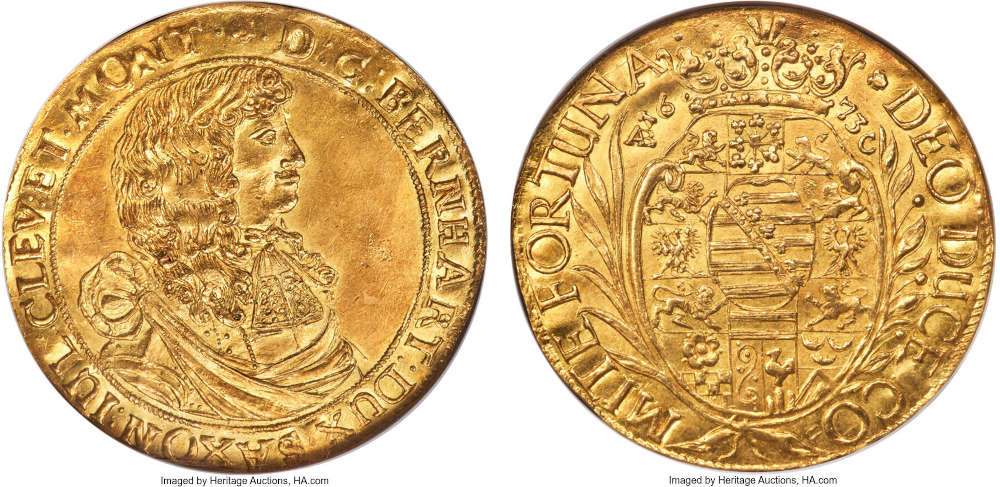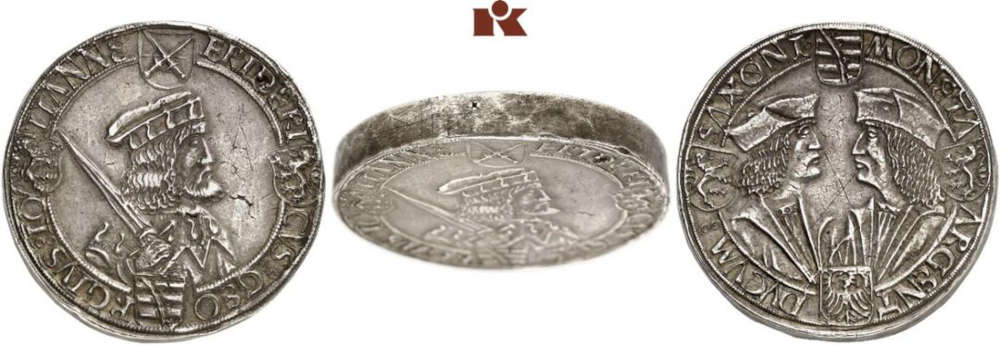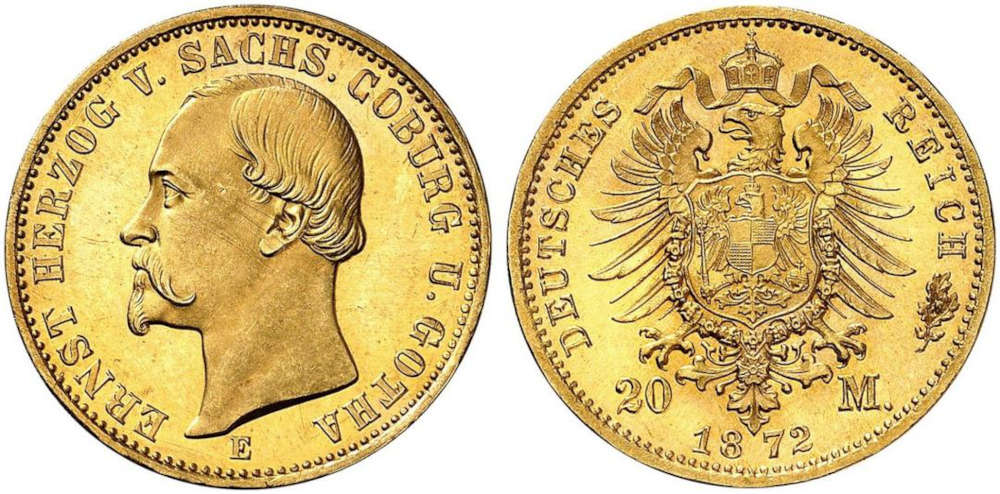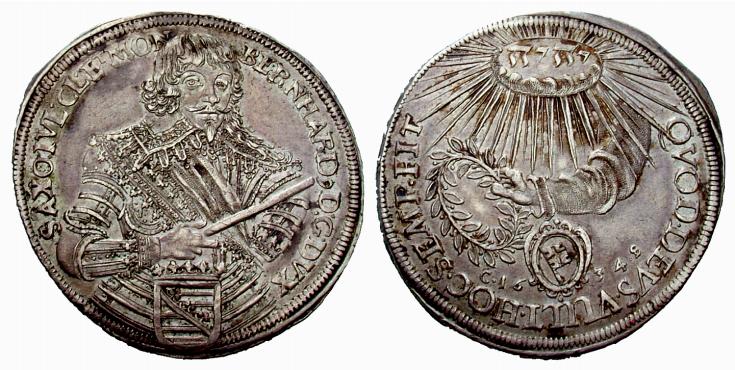The Most Expensive: Coins from the Ernestine Duchies
In 1485, the House of Wettin split into two branches: the Ernestines and the Albertines. Unlike the Albertines, the Ernestines introduced primogeniture comparatively late, which is why their dominion, which is mainly located in today’s Thuringia, disintegrated into numerous tiny duchies. The Ernestines also lost their position in the electoral college of the Holy Roman Empire to the up-and-coming Albertines. Even inside the German Empire that was founded in 1871, there were still several Ernestine duchies.
Today, we present the 10 Ernestine coins and medals that realised the highest results at auction. We will limit our list to Ernestine duchies in Germany and exclude the European monarchs from this dynasty. After all, the Ernestines’ marriage policies during the 19th century were so successful that we would otherwise have to include Belgian, British, Portuguese and Bulgarian coins!
As always, only the most expensive specimen of every coin type is accounted for in our list.
Last update: 4 December 2023






